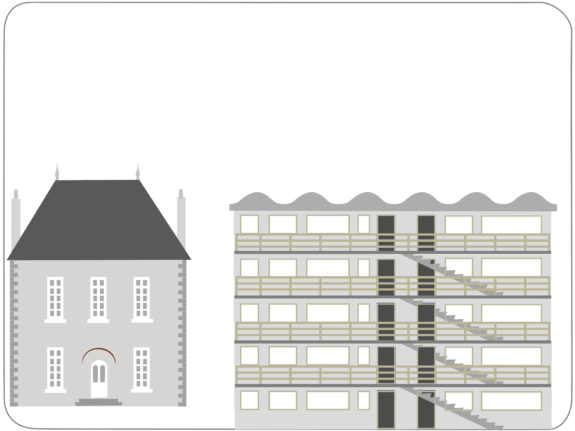
Sociolinguistics
Children, language, society
Sociolinguistics studies how speech and language relate to society, and how they change according to the social context.
Sociolinguistics helps ensure that speech and language therapy is exactly in tune with the speech and language of the client. There is an ‘everyday vernacular’ with its own existence as a form of speech and language. Without diminishing the notion of a ‘Universal Grammar’, a vernacular may be quite different in any number of respects from a supposedly ‘standard’ form of the language. The obvious paradox is a central, ongoing concern of the approach to language assumed here.
The first to notice that speech and language vary significantly was Vladimir Ivanovich Dahl (1801 – 1872), the son of a Danish doctor, a polyglot, speaking Russian, his first language, as well as German, English, French, Latin, Greek, Yiddish, and Hebrew. He served in the Imperial Russian Navy from the age of 13. He later trained in medicine and became known as the fastest surgeon in the service. At a time before anaesthetics this was the best way of saving patients’ lives. When his friend, Alexander Pushkin, was fatally injured in a duel in 1837, Dahl cradled him in his arms until he died some hours later. A chest would was untreatable at the time. Pushkin was suspected of having been involved in the unsuccessful attempt to abolish czarist in 1825, and the duel may have been provoked as a way of silencing him. After retiring at 59, Dahl toured Russia on foot wearing peasant clothes, collecting sayings, stories, and fragments of dialect, and compiling this in the Explanatory Dictionary of the Living Great Russian Language and The Sayings and Bywords of the Russian People. Dahl was the first to realise that the common speech of the peasantry had a richness which had been bled out of the Russian of the intelligentsia and ruling circles. Such was the love and respect for this work, the first of its kind anywhere in the world, that it was republished in the Soviet Union in the old spelling which had been abolished in 1918.
A century later, William Labov (1927 – 2024) repeated Dahl’s work for English. Raising the question of the socioeconomic politics of language, he far beyond Dahl in the detail of his observations, measurement and analysis. In 1975 he showed that judgements and speech were actually quite independent of each other, people commonly using forms which they separately judged that they would never use. He showed that there was such a thing as African American English. He sharply counterposed his approach to that of Chomsky and particularly to that of those following Chomsky’s general approach then known as transformational generative grammar, contrasting ‘sentences’ and ‘non-sentences’. In 1994 and 2000 he plotted circular vowel shifts happening in real time, very similar to the vowel shift in British English mostly between the times of Chaucer and Shakespeare, giving the modern pronunciations of nine and same, which had previously had two syllables and stressed vowels more like EE and AH. He showed that these shifts were led by feisty, well-connected working class women in their 30s.
At least partially addressing the critique by Labov, Chomsky (1981), defines the grammar in terms of ‘parameters’, allowing several parameters to be in play at any given point in a derivation. But only partially. Labov’s demonstration of judgement and use being partly independent of one another poses a significant challenge.
Sociolinguistic concerns remain important to speech and language therapy, particularly with very highly diverse, inner city populations.

